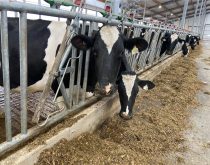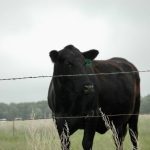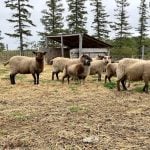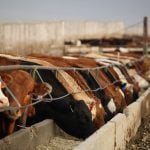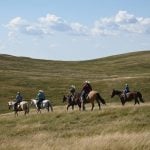Instead of calling in the livestock trucker as soon as milk production drops off from a cow with an infected hock or low body condition, it may pay Ontario dairy producers to dry those cows off, feed them long enough to regain condition, then send them to auction.
That was a major finding from a comprehensive survey of cull cow auction sale prices compared to animal husbandry-related parameters by University of Guelph graduate student Allison Moorman in late spring and summer of 2017.
Why it matters: There’s not enough slaughter capacity in Ontario for all cull dairy cows, and they may endure journeys as long as seven days from farm to processing plant. The result is lower health status cows being discounted by buyers.
Read Also
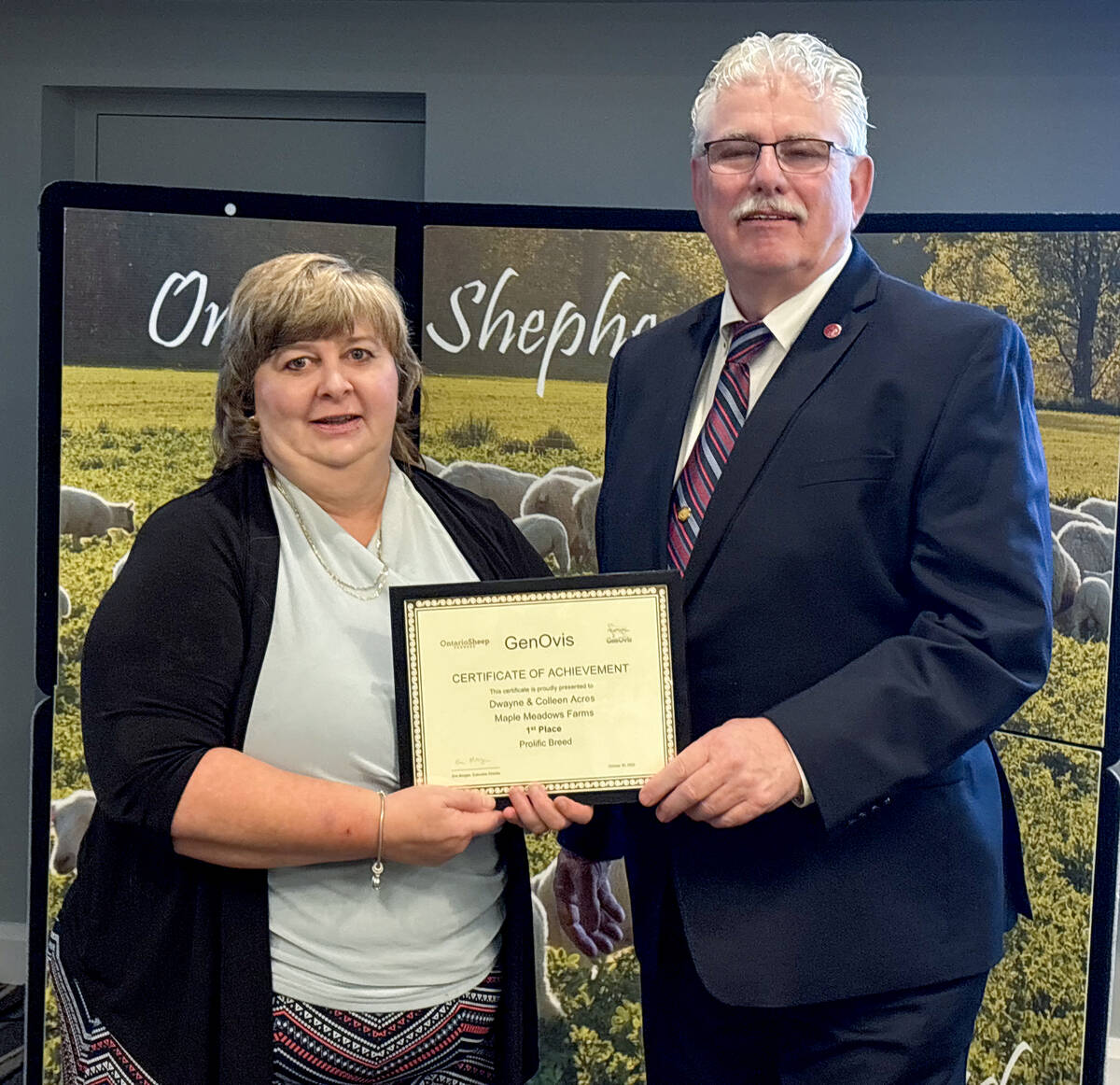
GenOvis awards presented at Ontario Sheep Farmers’ annual meeting
Producers and youth were recognized for their contributions during the Ontario Sheep Farmers’ annual GenOvis and leadership awards.
Moorman’s results suggest the people involved in their purchase and transport have come to realize it’s not worth paying full price for every cow.
“It’s the buyers that are discounting (the prices paid for) these cows,” said Dr. Todd Duffield, chair of the Department of Population Medicine where Moorman is pursuing her Master’s degree. “So (the buyers) must have previous experience indicating to them that they shouldn’t pay a full price for a cow in that condition. They know something.”
Moorman, who completed an undergraduate degree in animal biology at U of G, immersed herself in the animal husbandry-related parameters of Dairy Farmers of Canada’s proAction on-farm accountability program in preparation for last summer’s survey.
“I had an average of 20 seconds of viewing time per animal,” she said of her 16-week-long deep dive into the cull cow auction sales of Ontario – a process which began in May, 2017. She visited three auction barns through September. It amounted to visiting a total of 64 auctions, and the sale of 4,460 cull dairy cows.
A summer student, meanwhile, recorded the breed of the animal, weight, and the price paid. As a condition of allowing Moorman access to the animals, the names of the sales barns aren’t revealed.
In the case of two of the three animal husbandry-related parameters, mathematical analyses of the sales prices indicated buyers were less willing to pay full rate for affected cows.
One aim of the survey, undertaken with support from Dairy Farmers of Ontario (DFO), and OMAFRA, was to determine the prevalence of lower-scoring animals being sent through the sales barns.
The survey found:
- 40 per cent would be considered “thin” under proAction’s body condition scale.
- 27 per cent had hock injury scores deemed “unacceptable” under proAction.
- 73 per cent had what would be perceived under proAction as “an abnormal gait.”
A veterinarian is on site to inspect cull cows and other livestock sold at auctions in Ontario, something which makes the province unique in North America, but they don’t necessarily see every single animal, said Duffield. He stressed the scores pinpointed by Moorman might have been in keeping with proAction, but that didn’t necessarily mean the animals were entirely unsuitable for auction. A swollen hock might not present itself in the form of noticeable lameness, for example. And an “abnormal gait” might simply result from a cow’s udder being large enough to affect the way it walks.
Still, these results about prevalence should offer good insight to DFO and its members. “We had opinions, and impressions from various discussions (about) what the animals were like going through the auctions,” Duffield said. “But nobody has published any actual surveys of what was being sold.”
The most valuable insight for producers, though, arises from Moorman’s analyses of price paid. The presence of low scores resulting from body condition and abnormal gait all led to a discount in pricing compared to those with higher scores in either parameter.
Body condition score had the greatest effect, leading to the animal being sold for approximately 20 cents less per kilogram compared to an animal with a higher score, and an overall average difference of $116 in total price per cow.
Price paid for those with abnormal gaits averaged five cents less per kilogram than those with normal gaits, leading to an overall difference per cow of approximately $32. “Not as much (as the body condition effect), but still significant,” Duffield said.
There was minimal difference in price paid for cull cows with “unacceptable” levels of hock swelling, compared to those without visible hock injury.
Duffield said the next step is to get this information out to industry stakeholders, including DFO and its producers, but also bovine vets across the province. “There might be some opportunities there for producers to improve the quality of their cull cows,” he said, adding it’s quite possible producers will make different decisions about when – and in what condition – to send animals to auction. Factoring in feed costs for cows dried off before being sent to auction, for example, might become a more viable option.
U of G’s Associate Professor of Animal Behaviour and Welfare Dr. Derek Haley was another of Moorman’s academic advisors. Also serving in advisory roles on Moorman’s project were Dr. David Kelton and Dr. Jeffrey Rau, and OMAFRA’s Dr. Ann Godkin. Moorman presented results from the study during the 11th annual Research Symposium of the U of G’s Campbell Centre for the Study of Animal Welfare.










